Nursing Home Injury Lawyer
Explore a detailed guide on nursing home injuries in Arizona. Learn about common injuries, prevention strategies, and legal options. Contact Solomon & Relihan for experienced nursing home injury attorneys (602) 387-3000
Understanding Nursing Home Injuries in Arizona
The rising population of Arizona residents placed in nursing homes raises a real concern. Are our elderly receiving the proper treatment and safety they need? Sadly, nursing home injuries are increasingly prevalent, casting a shadow of physical and emotional harm on vulnerable individuals and their families.
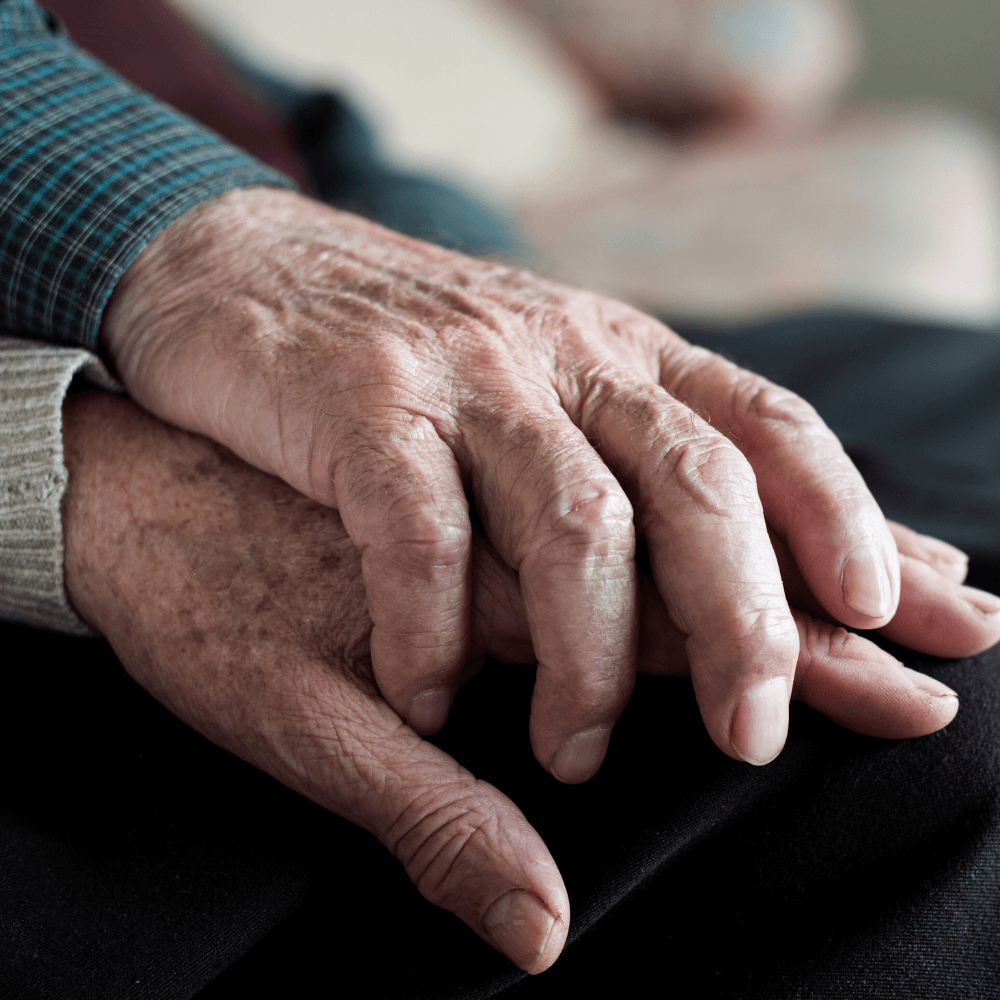
Solomon & Relihan are Top 10
Nursing Home Abuse Attorneys.
Types of Nursing Home Injuries
Bedrail Injuries
Bedrails, intended as a safety measure in nursing homes, can become a source of harm due to several factors:
Entrapment:
Frail or disoriented residents can become wedged between the mattress and the bedrail, unable to free themselves. This can lead to skin abrasions, pressure sores, and even suffocation in extreme cases.
Falls:
In attempting to climb over the rails, especially at night when visibility is low, residents risk losing their balance and falling, potentially resulting in fractures, head injuries, and other serious consequences.
Strangulation:
Dangling limbs or loose clothing can become caught on the bars or gaps between rails, leading to strangulation risks, particularly for residents with limited mobility or who experience seizures.
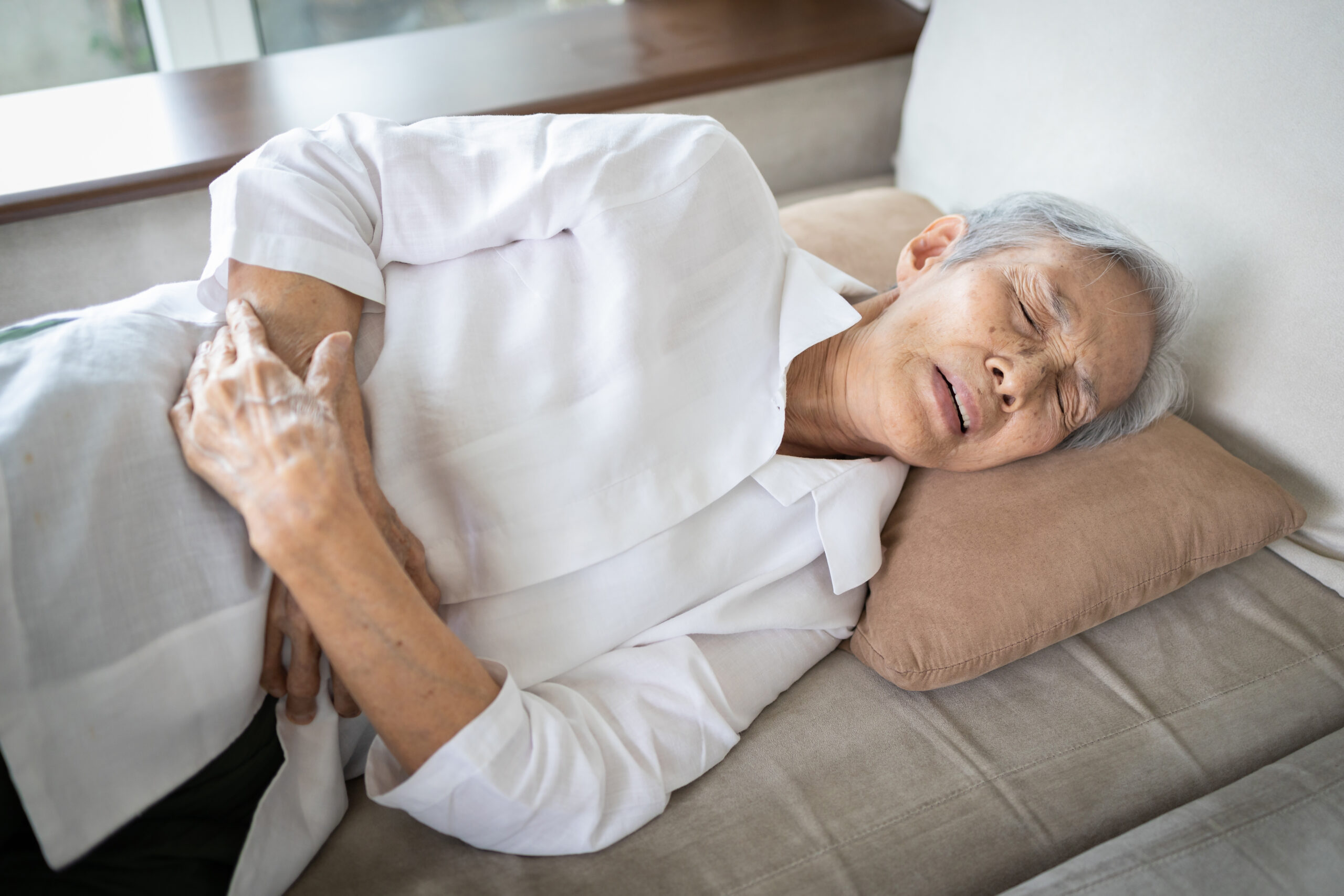
Warning signs that may indicate a bedrail injury include:
- Physical marks: Bruises or abrasions on arms, legs, or torso, especially along the lines of the bedrails, could point to entrapment or friction injuries.
- Behavioral changes: Agitation, fear, or withdrawal could indicate discomfort or pain related to bedrail use.
- Unexplained injuries: Fractures, head injuries, or even strangulation marks could be linked to falls or accidents involving bedrails.
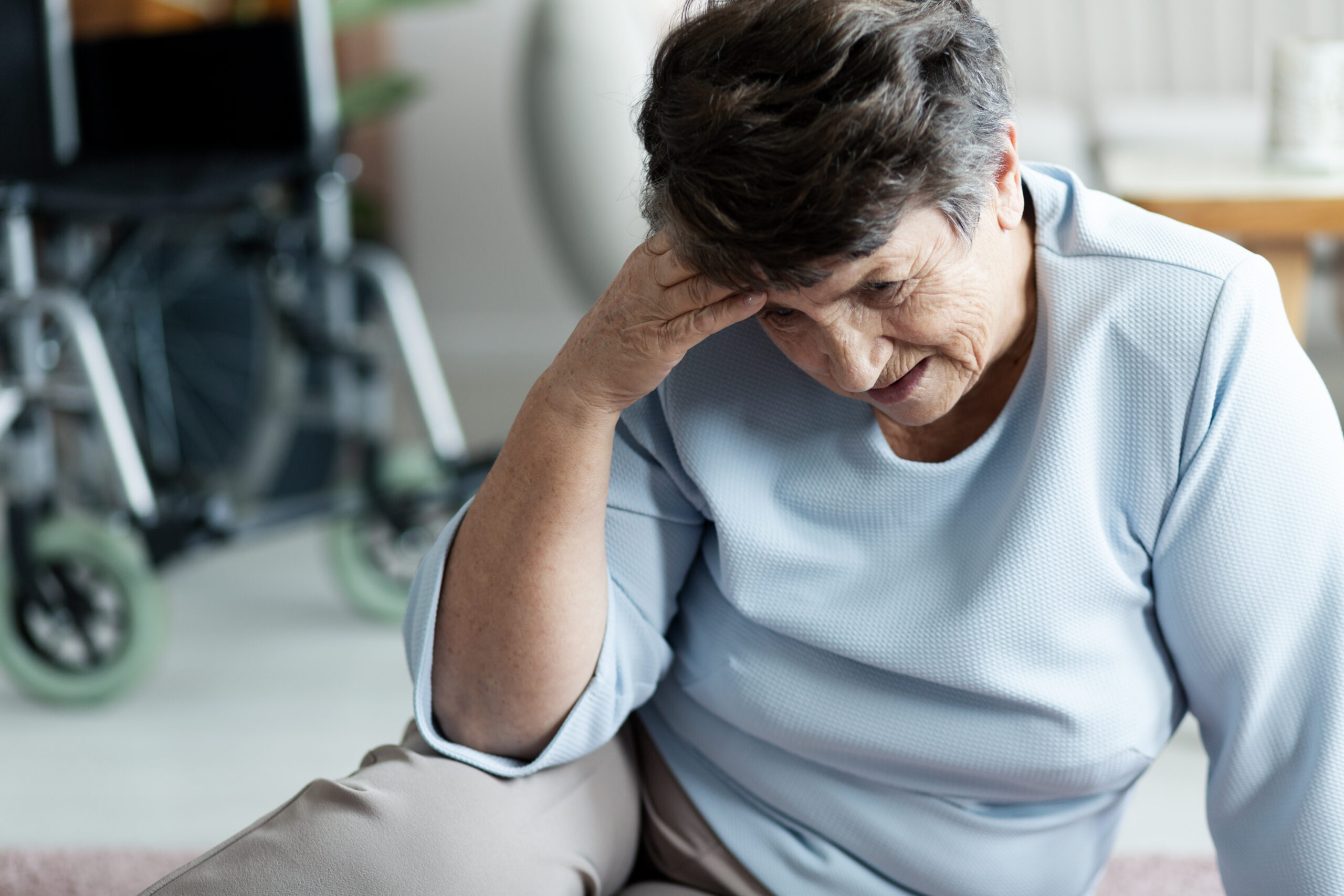
Concussions
Concussions, often thought of as sports injuries, are unfortunately a common nursing home injury. Several factors contribute to this:
Falls:
Elderly residents are more susceptible to falls due to weaker muscles, balance issues, and medications. Even a relatively short fall can result in a head injury, particularly if hitting a hard surface.
Accidents during transfers:
Lifting and moving residents can be risky, especially if proper protocols are not followed. Sudden jolts or drops during transfers can lead to head injuries. Additionally, inadequate staffing may lead to risks when the amount of assistance required to transfer a resident is not available.
Warning signs of a potential concussion in a nursing home resident might include:
- Confusion and disorientation: This is often the most pronounced symptom, with increased forgetfulness, difficulty following instructions, or changes in personality.
- Headache: While headaches can have various causes, a persistent or worsening headache after a fall or bump could be a concussion indicator.
- Dizziness and balance problems: Difficulty walking, unsteadiness, or feeling lightheaded are concerning signs, especially if they arise after an incident.
Falls and Fractures
Falls and fractures are a critical concern in nursing homes, posing a significant threat to residents' health and well-being.
This vulnerability stems from several factors, including age-related physical changes, environmental hazards, and potential care deficiencies.
Elder Risk Factors:
Age-related physical changes like muscle weakness, diminished balance, and osteoporosis make even minor stumbles dangerous for elderly residents in nursing homes. These events often lead to fractures, particularly in vulnerable areas like hips, wrists, and spines.
Environmental Pitfalls:
Poorly maintained facilities with cluttered walkways, inadequate lighting, and unsecured rugs become invisible traps for frail residents.
Inadequate Care and Supervision:
Lack of sufficient staff, inadequate supervision during transfers, and delayed responses to calls for help can all contribute to preventable falls and injuries.
Medication Risks:
Common medications prescribed for older adults can have side effects like dizziness and drowsiness, further compromising balance and increasing fall risks.
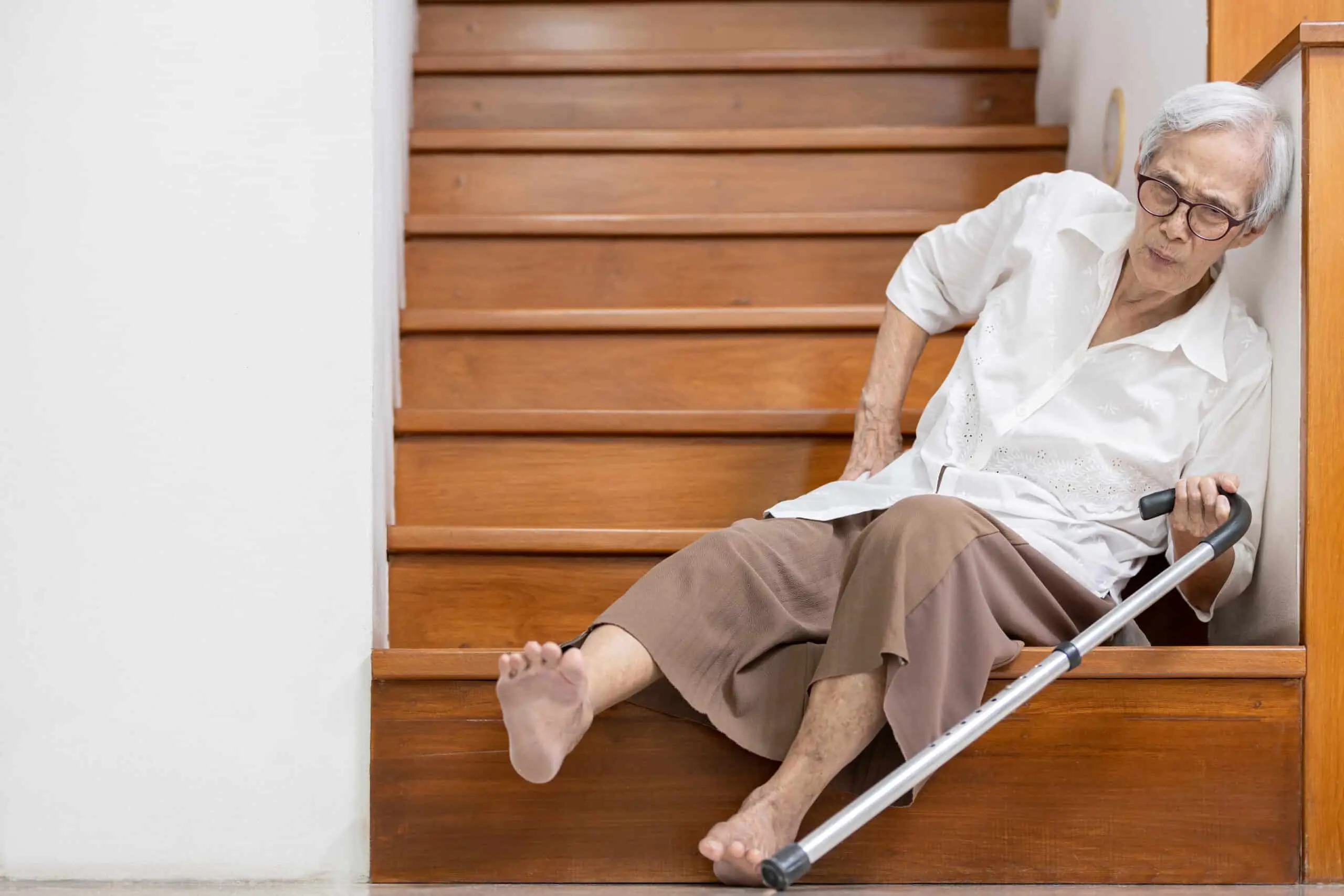
Recognizing the Signs of falls and fractures:
- Unexplained bruises, swelling, or deformities on limbs or torso.
- Sudden changes in mobility or gait, such as difficulty walking, limping, or appearing unsteady.
- Increased need for assistance with daily activities like dressing, bathing, or toileting.
- Changes in behavior, such as withdrawal, fear, or confusion.
- Unexplained pain or discomfort, particularly in areas like the hips, wrists, or back.
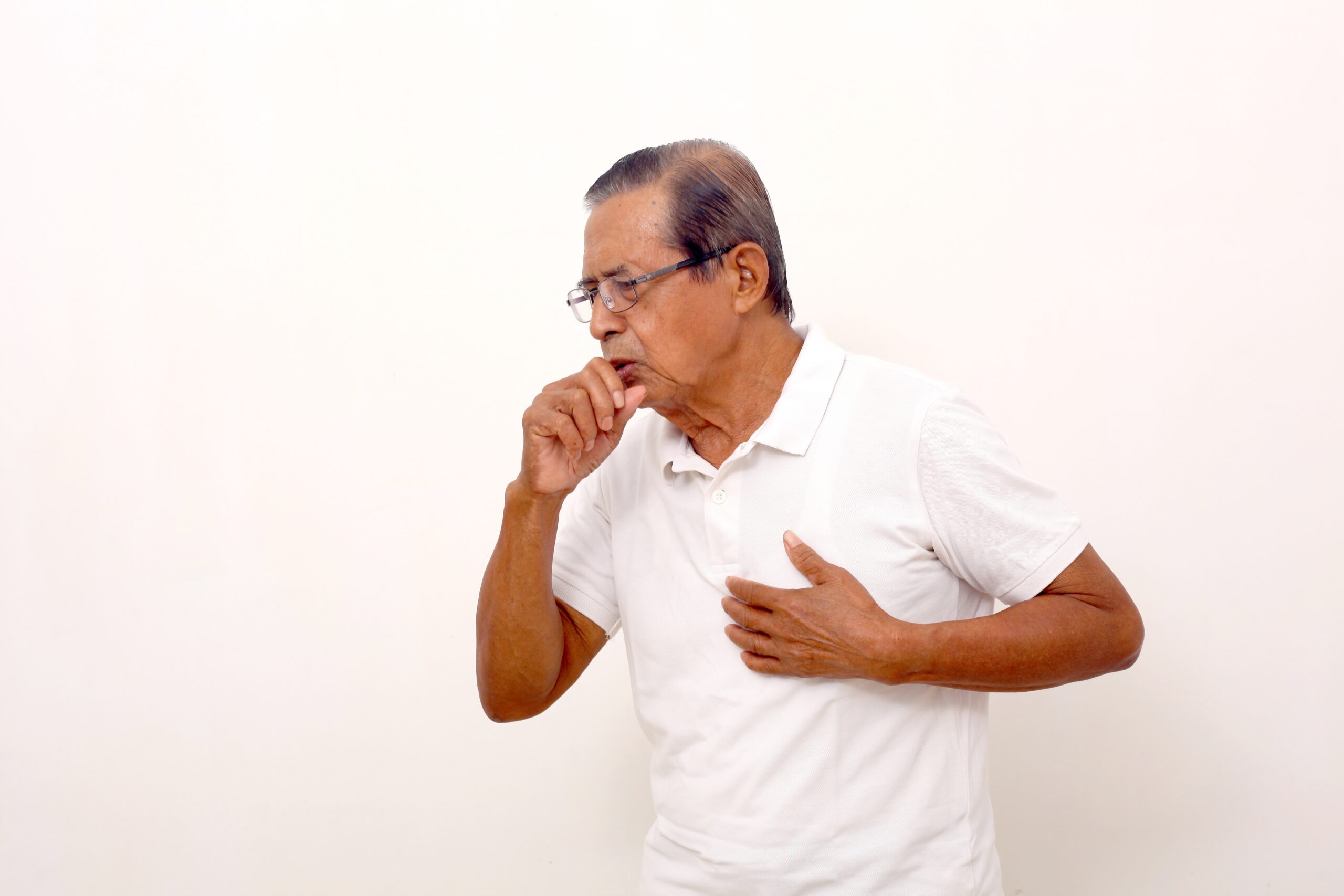
Infections
Nursing homes, intended as havens of care and support, can unfortunately become breeding grounds for potentially serious infections. These silent threats pose a significant risk to elderly residents, impacting their health and well-being. Recognizing the common types of infections, their warning signs, and effective preventive measures is crucial for safeguarding resident safety.
Numerous infections can thrive in nursing homes, including:
Skin and soft tissue infections:
Breaks in the skin, poor hygiene, and diabetes make residents vulnerable to bacterial infections like cellulitis and staph infections.
Clostridium difficile (C. diff):
This antibiotic-resistant bacteria can cause severe diarrhea and dehydration, particularly in residents taking antibiotics or those who have been hospitalized recently.
Urinary tract infections (UTIs):
These bacterial infections are incredibly common in elderly residents, often due to incomplete bladder emptying or the use of catheters.
Pneumonia:
Inflammation of the lungs can be life-threatening for older adults, often triggered by weakened immune systems and exposure to respiratory viruses.
Early detection of infections in nursing homes is critical for prompt treatment and prevention of complications. Be alert for these warning signs:
- Fever, chills, or sweating.
- Changes in mental state such as confusion, lethargy, or delirium.
- Difficulty breathing, coughing, or wheezing.
- Burning sensation during urination or increased urinary frequency.
- Redness, swelling, or pus discharge from wounds or skin areas.
- Unexplained loss of appetite or fatigue.
Spinal Injuries
Age-related factors like weakened bones, diminished muscle strength, and decreased coordination make elderly residents highly susceptible to spinal injuries. Even seemingly minor falls or collisions can lead to fractures, dislocations, and compressed vertebrae, causing immense pain and impacting mobility, independence, and even long-term health.
Several factors contribute to the increased risk of spinal injuries in nursing homes:
Residential Hazards:
Poorly maintained facilities with uneven surfaces, loose rugs, and inadequate railings can create treacherous obstacles for unsteady residents.
Inadequate Supervision and Assistance:
Insufficient staffing levels, lack of assistance during transfers, and delayed responses to calls for help can lead to preventable falls and accidents.
Improper Lifting Techniques by Staff:
Inappropriate lifting practices by staff can inadvertently cause spinal injuries during transfers or daily care routines.
Pre-existing medical conditions like osteoporosis, arthritis, and neurological disorders can further increase the vulnerability to spinal injuries.
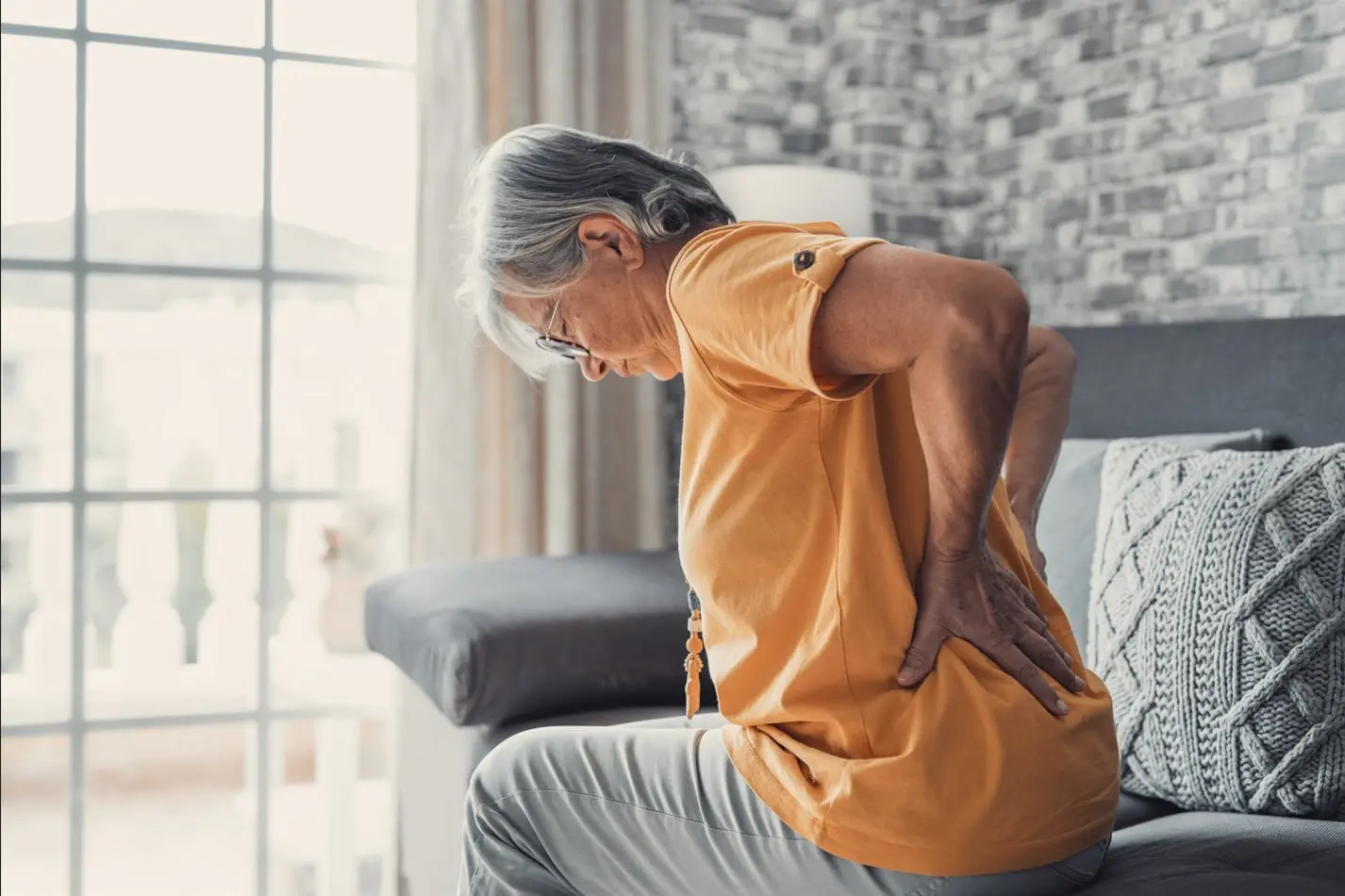
Early detection of potential spinal injuries in nursing homes is critical for prompt medical intervention and preventing permanent damage. Be mindful of these warning signs:
- Sudden and intense pain in the back, neck, or limbs.
- Tingling, numbness, or weakness in the arms or legs.
- Difficulty walking or maintaining balance, appearing unsteady, or prone to falls.
- Changes in bowel or bladder control.
- Visible deformities or bruising in the spine area.
- Changes in mood or behavior, such as withdrawal, fear, or confusion.
Preventing Nursing Home Injuries
Nursing home injuries pose a significant and often preventable threat to resident health and well-being. This section explores the crucial steps and practices that can make a tangible difference in the lives of our most vulnerable loved ones.
Proactive Measures
While nursing homes should prioritize resident safety and implement comprehensive prevention strategies, as family members and caregivers we play a crucial role in advocating for our loved ones. Here are some practical steps you can take to ensure your loved one is residing in a safe and secure environment:
Frequent visits and open communication:
With both your loved one and the nursing home staff allow you to stay informed and identify potential issues.
Observe and inquire:
Be alert for changes in behavior, mobility, or injuries. Don't hesitate to ask staff about any observed concerns, no matter how seemingly minor.
Document and report:
If you notice hazards like loose rugs, uneven flooring, or inadequate lighting, document them and bring them to the attention of the appropriate staff member or supervisor.
Advocate with confidence:
Clearly and calmly voice your concerns, and follow up to ensure they are addressed effectively. Remember, you are your loved one's voice.
Review care plans:
Actively participate in developing and reviewing your loved one's personalized care plan, ensuring it reflects their specific needs and addresses any potential concerns.
Connect with other families:
Networking with other families facing similar situations can provide valuable support and shared insights into raising concerns and advocating for safety measures.
Legal Implications of Nursing Home Injuries
When nursing home injuries occur, legal guidance may be necessary. Understanding the complexities of negligence, duty of care, and potential compensation can be overwhelming, but informed advice can pave the way for justice and accountability for your loved one.
When to Contact a Lawyer
Unexplained injuries:
If your loved one sustains any unexplained injury, particularly fractures, bruises, or head trauma, seek legal advice promptly. These may indicate potential negligence or inadequate care.
Sudden changes in health or behavior:
Noticeable changes in mobility, cognitive function, or emotional state – like confusion, withdrawal, or fear – could be warning signs of neglect or medication mismanagement. Consulting a lawyer can help determine the best course of action.
Breaches of care standards:
If you observe evidence of inadequate staffing, lack of supervision, poor hygiene standards, or hazardous environmental conditions, these indicate potential breaches of care standards and warrant legal consultation.
Inadequate response from the facility:
After reporting concerns and witnessing unsatisfactory responses from the nursing home staff or administration, contacting a lawyer can help ensure your loved one's safety and pursue appropriate recourse.
Seeking justice and accountability:
Even if seeking compensation is not your primary concern, legal involvement can play a crucial role in holding negligent parties accountable and advocating for improved care standards within the nursing home.

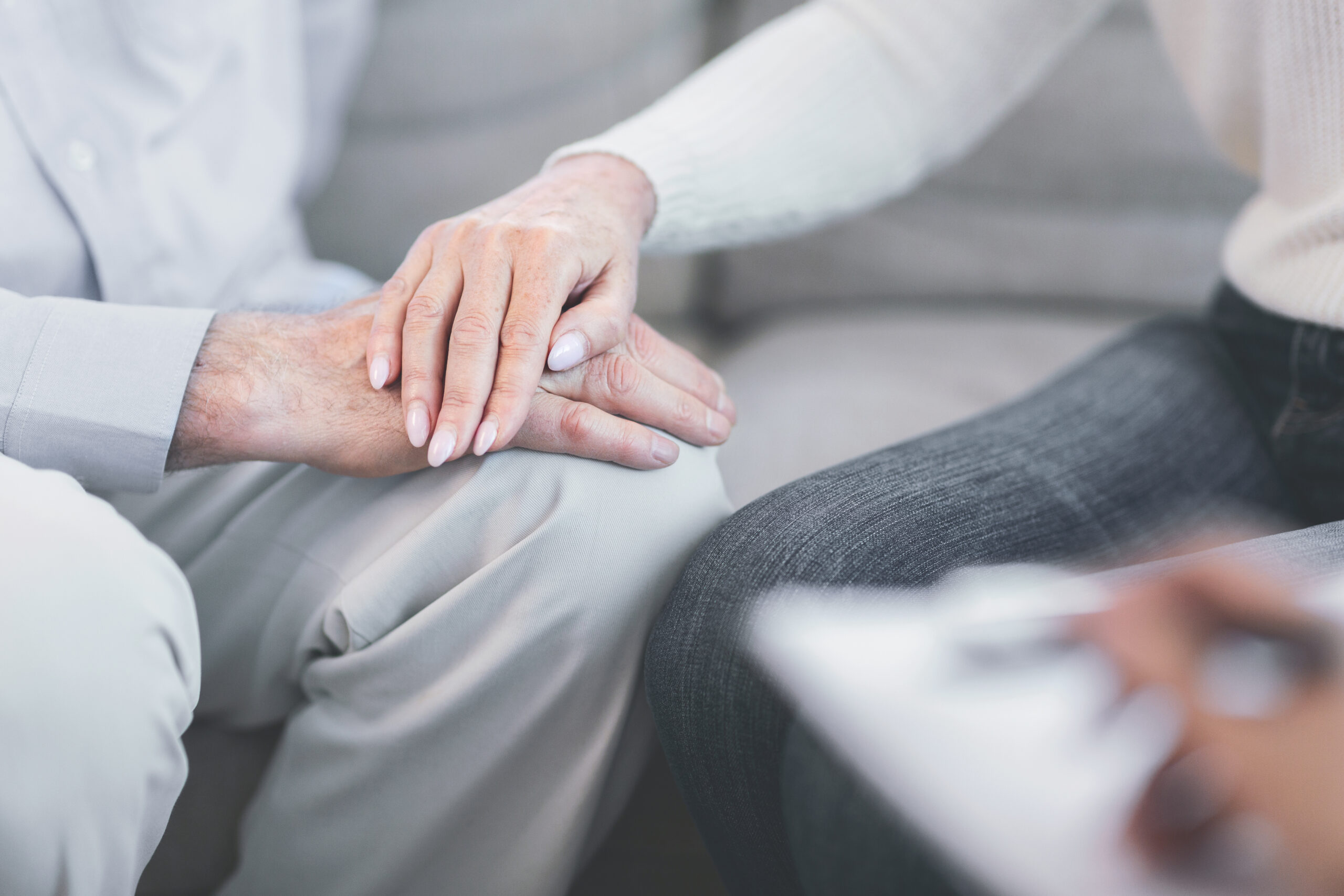
Remember, every situation is unique, and a nursing home abuse expert law firm like Solomon & Relihan can provide guidance and support.

